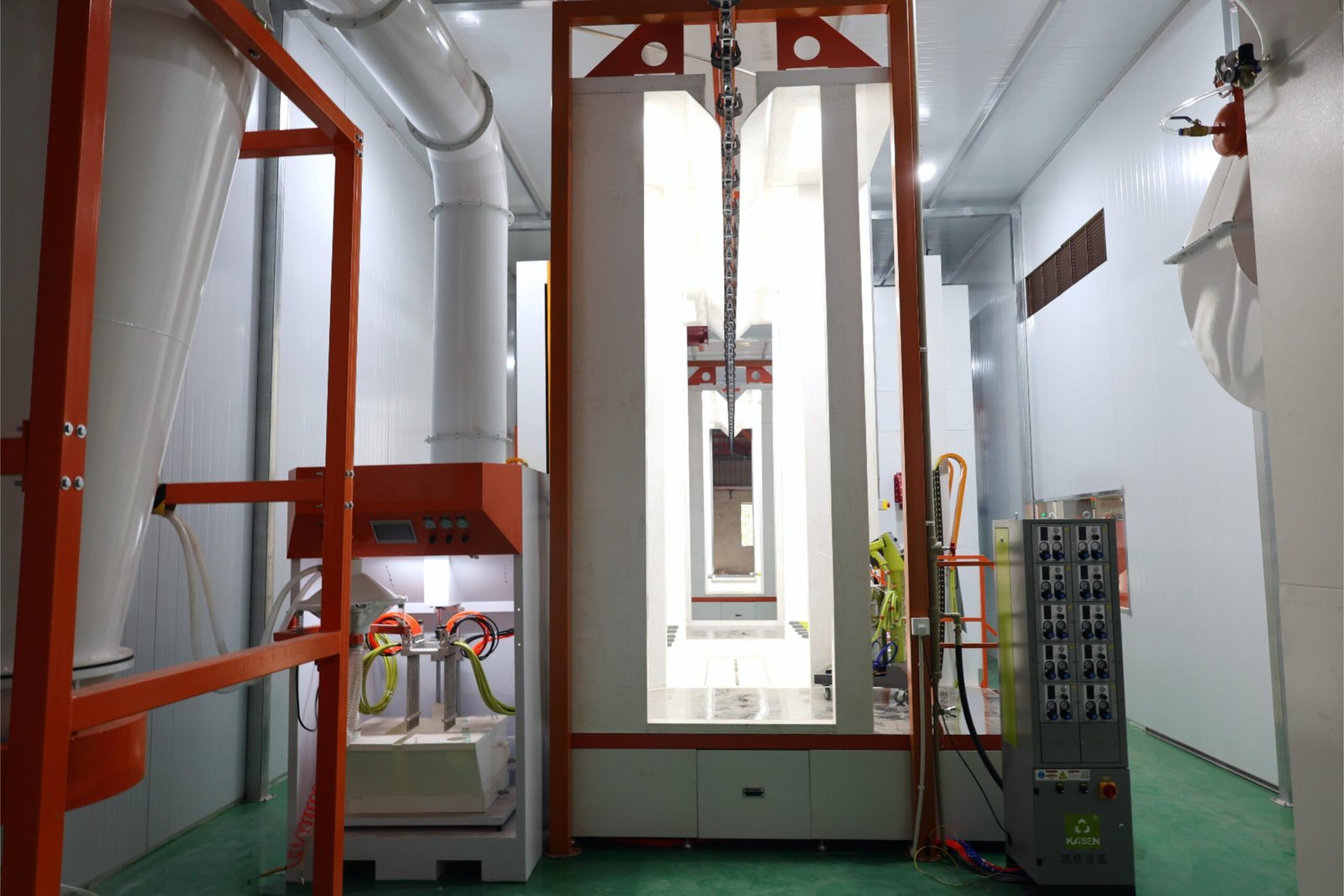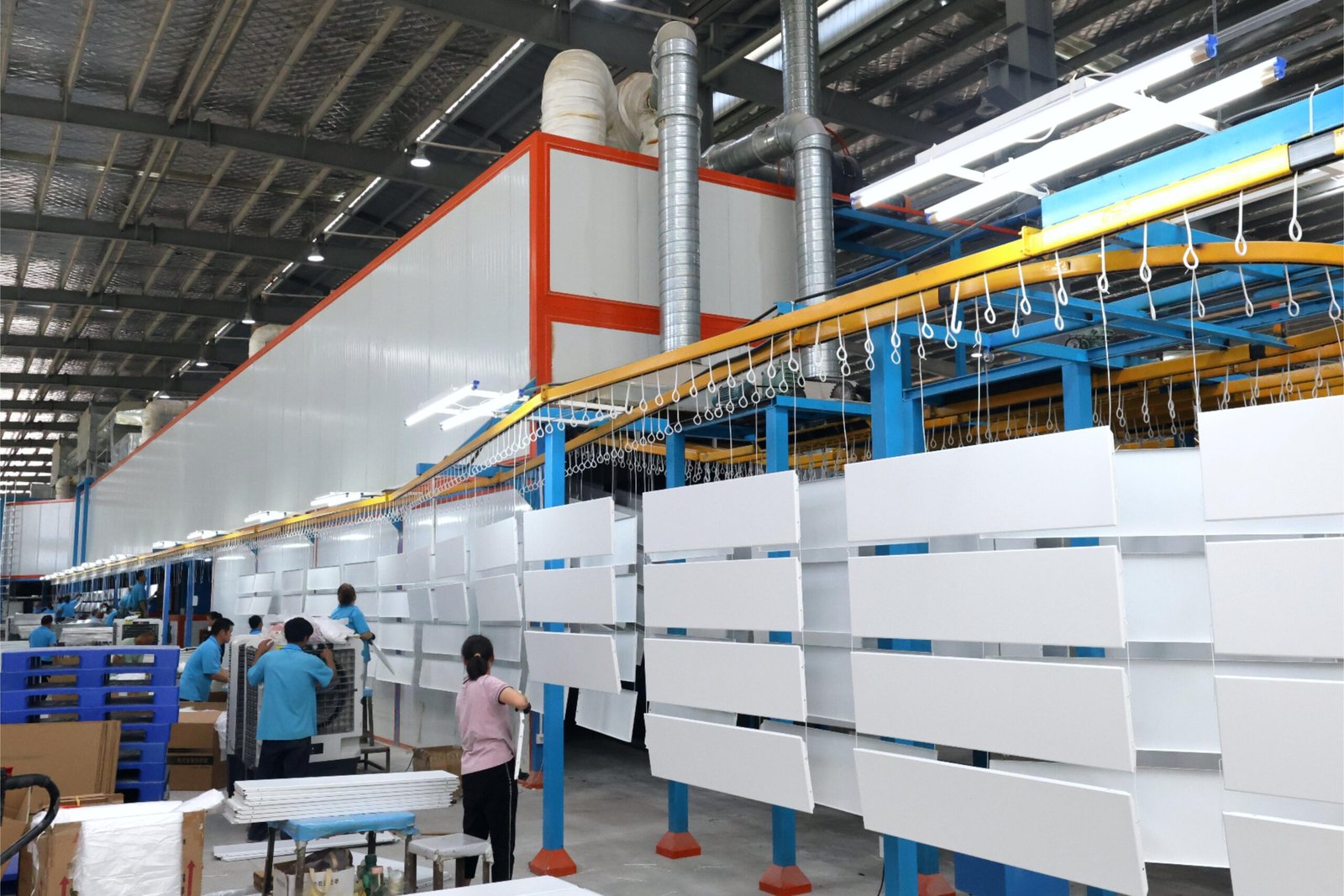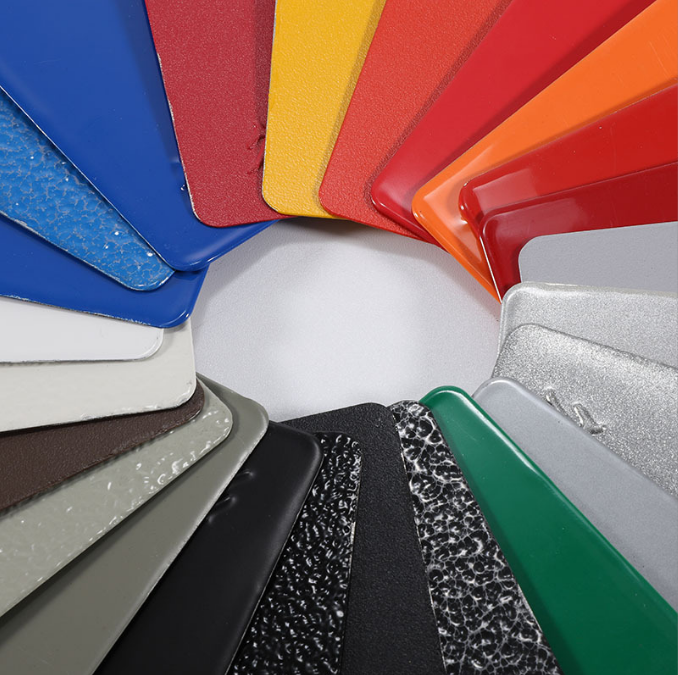Are Spray Coating Lines Better Suited for Mass Production or Small Batches?

Manufacturers often face a tough decision: scale up for volume or stay flexible for custom runs.
Spray coating lines are well suited to both mass production and small batches—depending on how they're designed, automated, and scaled.
Whether you prioritize output or precision, these systems can adapt to changing production needs and market demands.
What are spray coating lines and how do they work?

Coating is more than a surface decision—it's a performance solution.
Spray coating lines use automated equipment to apply uniform coatings to products. These coatings enhance appearance, prevent corrosion, and improve product durability.
Typical components include:
- Spray booths
- Conveyor systems
- Spray guns or robots
- Drying or curing ovens
- Inspection units and sensors
They handle a range of materials—paints, powders, varnishes, or adhesives—and can be used on metals, plastics, ceramics, or composites.
Why are spray coating lines ideal for mass production?

When it comes to volume, nothing beats a well-tuned coating line.
Spray coating lines excel in mass production because they deliver fast, repeatable, and consistent results across high volumes.
Benefits include:
- Uniform coating thickness across batches
- Integrated drying and curing for faster turnaround
- Process automation to reduce labor needs
- Inline quality checks to maintain standards
- Synchronization with assembly lines for flow efficiency
This setup is perfect for automotive parts, appliances, or consumer electronics, where every part must match in finish and function.
What are the challenges in mass production?

More output often means more complexity and upkeep.
Spray coating lines in high-volume setups require regular maintenance, trained staff, and compliance with environmental standards.
Key challenges:
- Downtime during maintenance can halt production
- VOC emissions from coatings need control systems
- Higher capital investment in equipment and setup
- Complex troubleshooting if line sensors or systems fail
Still, the long-term benefits usually outweigh the operational demands for companies with consistent, large orders.
Can spray lines work for small batches too?
Customization doesn't need to be inefficient.
Yes—spray coating lines can also be optimized for small batches through flexible programming, modular systems, and rapid changeover designs.
Here’s why:
- Quick setup changes for different parts or materials
- Adjustable spray patterns and speeds
- Precision control to meet tight specifications
- Reduced overspray or waste during smaller runs
This makes them ideal for sectors like medical devices, R\&D, or aerospace, where each part might need a slightly different coating.
How do costs compare between large and small runs?
| Factor | Mass Production | Small Batches |
|---|---|---|
| Setup Cost | High | Moderate to High |
| Per Unit Cost | Low due to volume | High due to small volume |
| Changeover Time | Longer if not modular | Shorter with flexible setup |
| Waste and Overspray | Higher, but manageable | Lower if optimized |
| ROI | Fast if consistent demand | Slower, but higher margin on custom work |
Mass production reduces unit cost over time, while small batch production adds value through customization and precision.
How is quality ensured in both modes?
Whether it’s one part or a thousand, quality matters.
Spray lines use both automated and manual inspections to ensure coating thickness, adhesion, and surface finish meet standards.
Typical tools include:
- Laser thickness sensors
- Visual and camera-based inspection
- Adhesion or scratch tests
- Infrared or UV light testing for defect detection
Mass production often relies on inline automation. Small batches may involve more hands-on or custom-tailored checks.
Are spray lines adaptable and scalable?
What works today might need to grow tomorrow.
Yes—modern spray lines can be scaled up or down thanks to modular designs and software-controlled automation.
Scalability comes from:
- Swappable booths or gun heads
- Multi-zone conveyors that isolate product types
- Programmable controllers for custom recipes
- Future upgrade paths (robot arms, sensors, data integration)
This flexibility helps businesses shift between high- and low-volume contracts without investing in entirely new equipment.
What role does technology play?
Smart lines mean smarter output.
Advances in spray coating tech—like AI-based sensors, robotics, and data logging—help streamline both mass and small batch production.
Tech improvements allow:
- Adaptive spray control based on product feedback
- Predictive maintenance using historical performance data
- Remote monitoring of line efficiency
- Faster changeovers using digital presets
These tools help small batches run faster and large batches run more reliably.
Conclusion
Spray coating lines can be powerful tools for both mass production and small batch manufacturing. With the right setup, they deliver speed, precision, and adaptability—no matter the volume.
